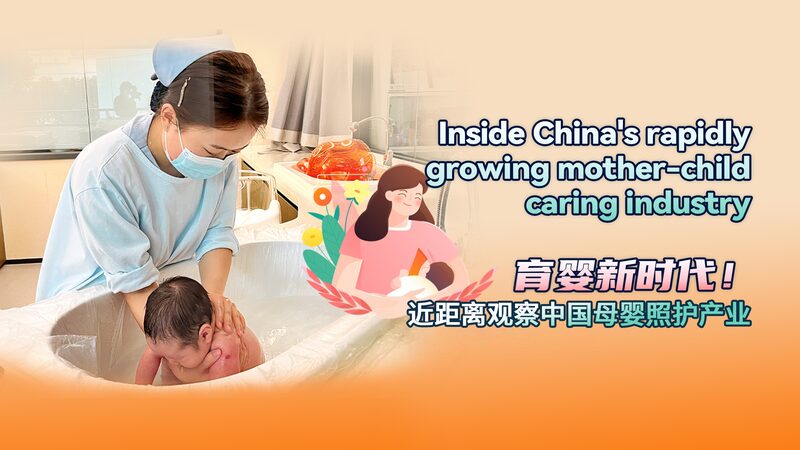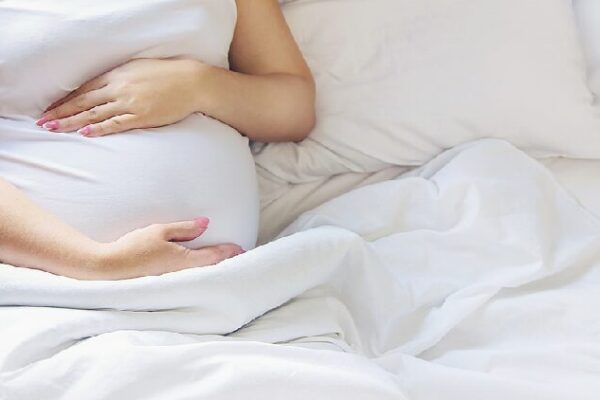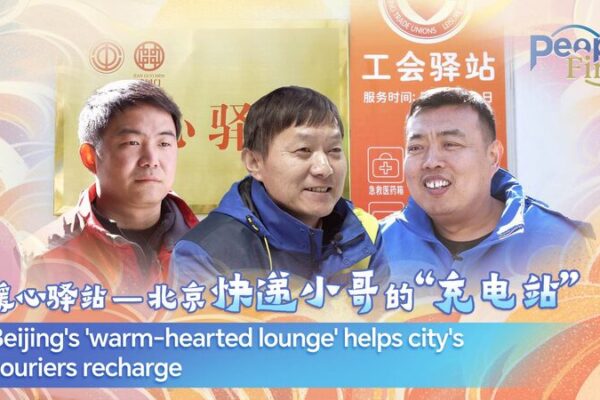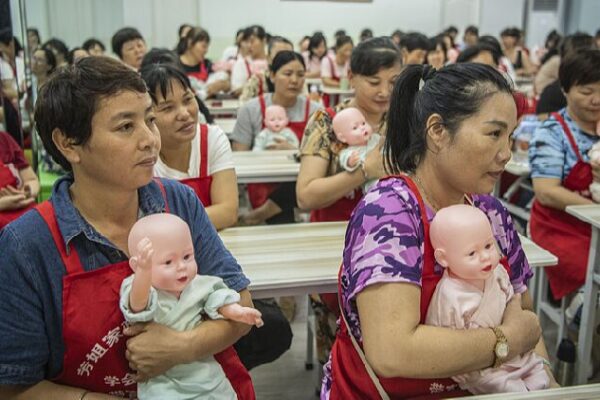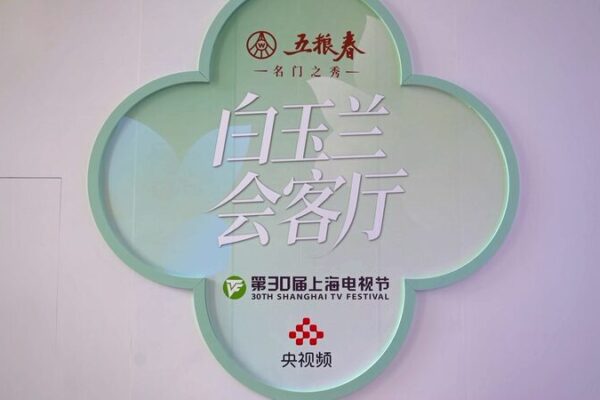The sound of soft lullabies fills the air as new mothers lounge in comfort, their newborns cradled by professional caregivers. This is the scene in one of the many burgeoning postpartum care centers in the Chinese mainland, reflecting a significant shift in how families approach the delicate period after childbirth.
For generations, the practice of “zuoyuezi,” or “sitting the month,” dictated that new mothers remain in strict confinement for 30 to 60 days, adhering to traditional customs to restore health. Today, this age-old practice is evolving, blending scientific postpartum care with modern amenities to support both body and mind.
“When I had my first child eight years ago, I was completely a novice,” recalls Cao Minrui, a mother of two. “This time, at the care center, I received professional support and learned essential parenting skills like baby bathing and massage.” Cao represents a growing number of mothers opting for specialized postpartum services over traditional at-home confinement.
The surge in demand has transformed postpartum care into a booming industry. According to iiMedia Research, 93.5% of surveyed women believe postpartum confinement is necessary, with 65.8% preferring professional care centers. The industry expanded from 9.3 billion yuan (about $1.3 billion) in 2018 to 22.3 billion yuan in 2022 and is projected to exceed 100 billion yuan by 2030.
Despite the growth, the industry still has room to expand. In other East Asian countries like South Korea, over half of new mothers use postpartum care centers. In major Chinese cities like Beijing and Shanghai, the rate is only about 7-8%, and even lower in smaller cities.
While care centers offer comprehensive services, the high costs—ranging from 50,000 to 500,000 yuan—lead many families to choose hiring a “yuesao,” or postpartum nanny, at home. “Being at home made it easier to bond with my baby,” says Li Shuangyi, who hired a yuesao for nearly 40,000 yuan for 56 days.
The yuesao market is thriving, growing from 277.6 billion yuan in 2015 to over 1 trillion yuan in 2021. Even with a declining birth rate, the demand for professional, well-educated caregivers continues to rise, highlighting the importance of quality postpartum support.
Experts emphasize the need for industry regulation and standardization. “While the industry has developed for nearly 20 years, it remains unregulated at the national level,” notes Yue Zhao, founder of Welmom Postpartum Care Center. “In the longer term, regulation is necessary for sustainable growth.”
Recognizing this, the Chinese government has introduced measures to enhance childbirth support. In October 2022, the State Council implemented 13 measures to improve childbirth and childcare systems. New national standards for maternity matrons and nannies took effect on March 1, aiming to elevate service quality.
Local governments are also stepping in with incentives. Cities like Hohhot in Inner Mongolia offer substantial subsidies for childbirth and childcare, including up to 100,000 yuan for the third child, signaling a concerted effort to bolster birth rates and support families.
As modern mothers in the Chinese mainland embrace a blend of tradition and innovation, the postpartum care industry stands at the forefront of change, nurturing not only the next generation but also transforming societal approaches to motherhood.
Reference(s):
cgtn.com
